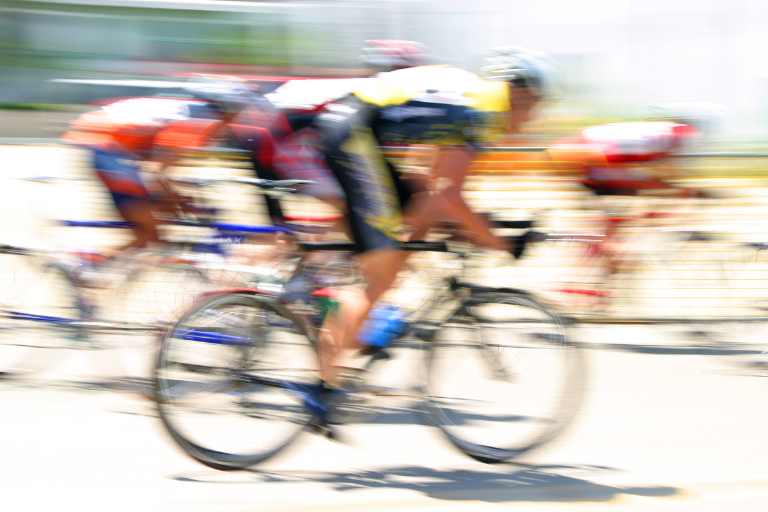Top 10 things people don’t know about Tour de France
The Tour de France is one of the most iconic and prestigious cycling events in the world. Every year, cyclists from around the globe gather to compete in this gruelling race, pushing themselves to their limits in pursuit of victory. While the Tour de France is widely known and followed by millions of fans, there are several intriguing aspects of this epic race that remain relatively unknown. In this article, we will explore the top 10 things people don’t know about the Tour de France, shedding light on the fascinating facts and lesser-known aspects that make this event truly exceptional.
1. The Inception and Origin

The Tour de France was first organized in 1903 by Henri Desgrange, the editor of the French sports newspaper “L’Auto.” It was initiated as a means to boost the newspaper’s circulation and to challenge competitors in other cycling races. Little did they know that the race would evolve into one of history’s most celebrated sporting events.
2. The Yellow Jersey

The iconic yellow jersey, or “maillot jaune” in French, is worn by the overall race leader. It was introduced in 1919 to make the race leader more visible and recognizable. The tradition of the yellow jersey continues to this day, symbolizing the rider’s dominance in the race.
3. Longest Race Distance

The Tour de France is not only a test of endurance but also a journey covering a considerable distance. The race route changes each year, but it typically spans around 3,500 kilometres (approximately 2,200 miles). This gruelling distance is completed in just three weeks, demanding immense physical and mental fortitude from the cyclists.
4. The High-Speed Descents

While the race is known for its demanding climbs, the descents can be equally thrilling and perilous. Cyclists reach incredible speeds on the downhill segments, often exceeding 60 miles per hour. Negotiating hairpin bends and tight corners requires nerves of steel and precise bike handling skills.
5. The Lanterne Rouge

The last-placed rider in the general classification is awarded the “Lanterne Rouge” (Red Lantern) title. This tradition, originating in the early years of the race, pays homage to the perseverance and determination of all participants, regardless of their rank.
6. Unique Jerseys

In addition to the yellow jersey, the Tour de France features several other distinctive jerseys. The green jersey, or “maillot vert,” is awarded to the points classification leader, the polka dot jersey, or “maillot à pois,” is given to the King of the Mountains (best climber), and the white jersey, or “maillot Blanc,” is for the best young rider.
7. Rest Days

While the Tour de France is physically gruelling, riders are granted two rest days during the three-week race. These rest days are essential for recovery and give cyclists a brief respite from the relentless pace of the competition.
8. The Peloton

The term “peloton” refers to the main group of cyclists riding closely together in the race. Riding in the peloton provides aerodynamic advantages, allowing cyclists to conserve energy. The peloton’s teamwork is crucial in controlling the race pace and pursuing breakaway riders.
9. The Champs-Élysées Finale

The final stage of the Tour de France takes place on the prestigious Champs-Élysées Avenue in Paris. This stage is known for its celebratory atmosphere, with riders crossing the finish line against the backdrop of cheering crowds and the iconic Arc de Triomphe.
10. The Caravan Publicities

Before the cyclists arrive, the Tour de France features the “Caravan Publicitaire,” a parade of sponsor vehicles that entertain spectators along the route. These colourful vehicles toss out promotional items to the enthusiastic crowds, creating a festive atmosphere throughout the race.
The Tour de France is not just a race; it’s a testament to human endurance, teamwork, and the love of cycling. Behind the yellow jersey and iconic stages lie a rich history and lesser-known facts that make this event a true spectacle. From the origins of the race to the high-speed descents and unique jerseys, the Tour de France continues to captivate cycling enthusiasts and casual viewers alike. As cyclists push their limits and endure the gruelling journey, the Tour de France remains an unparalleled celebration of human determination and the pursuit of excellence on two wheels.
“We’ve reached the end of our Top 10 countdown, and we’d love to hear from you! Do you agree with our choices, or is there something we missed that you feel deserves a spot on this list? Let’s start a conversation – comment below with your thoughts and ideas. Your input might just influence our next Top 10!”
If you like this you might like this The Top 10 things you didn’t know about the Premier League football





